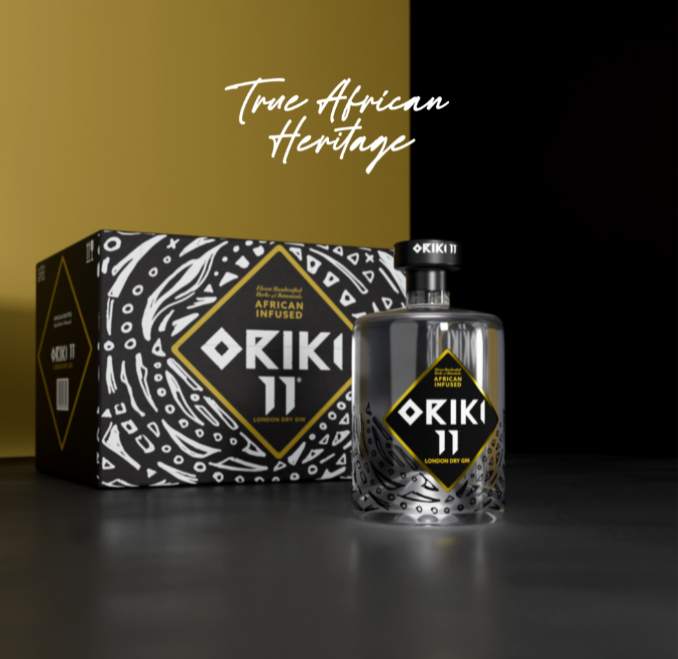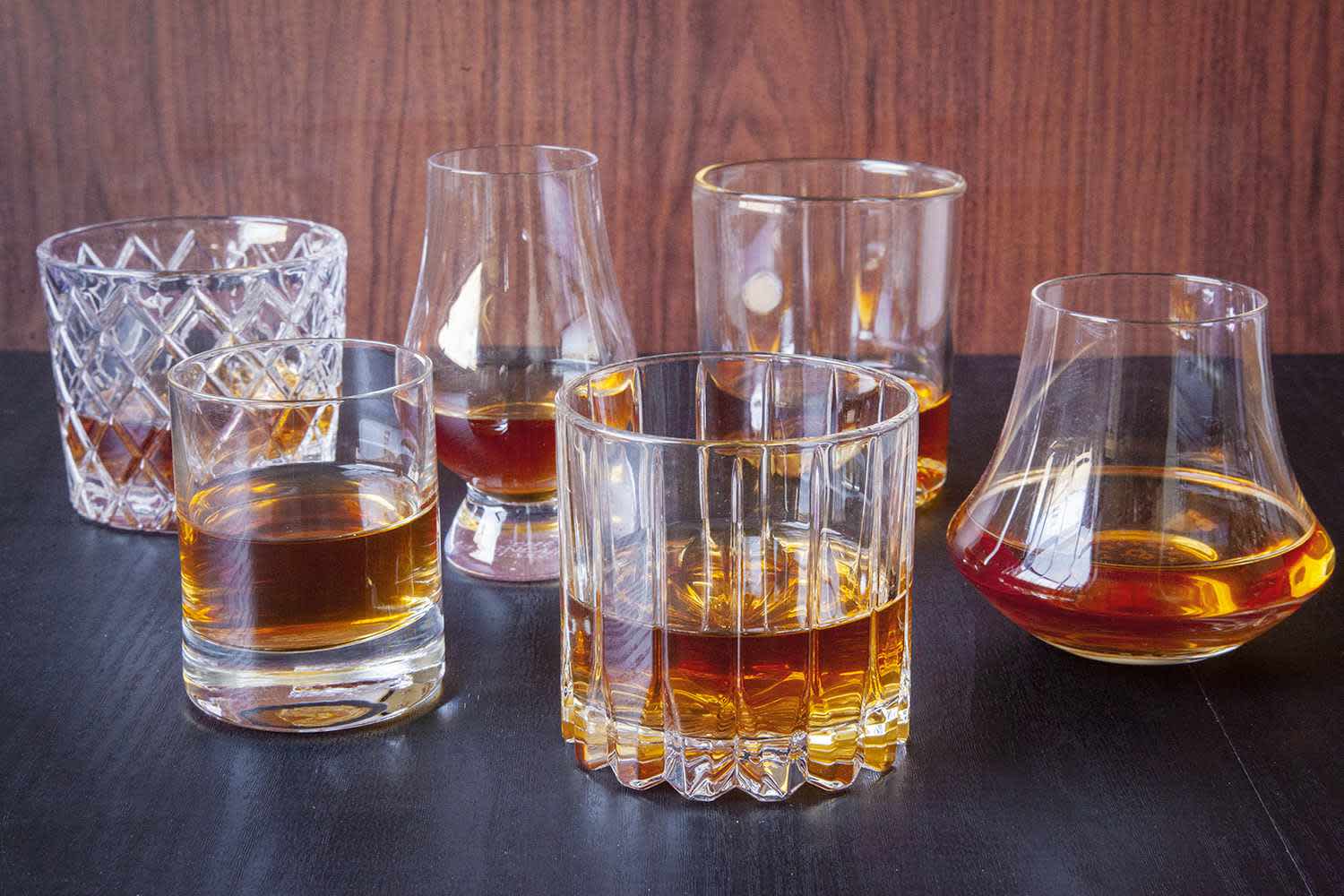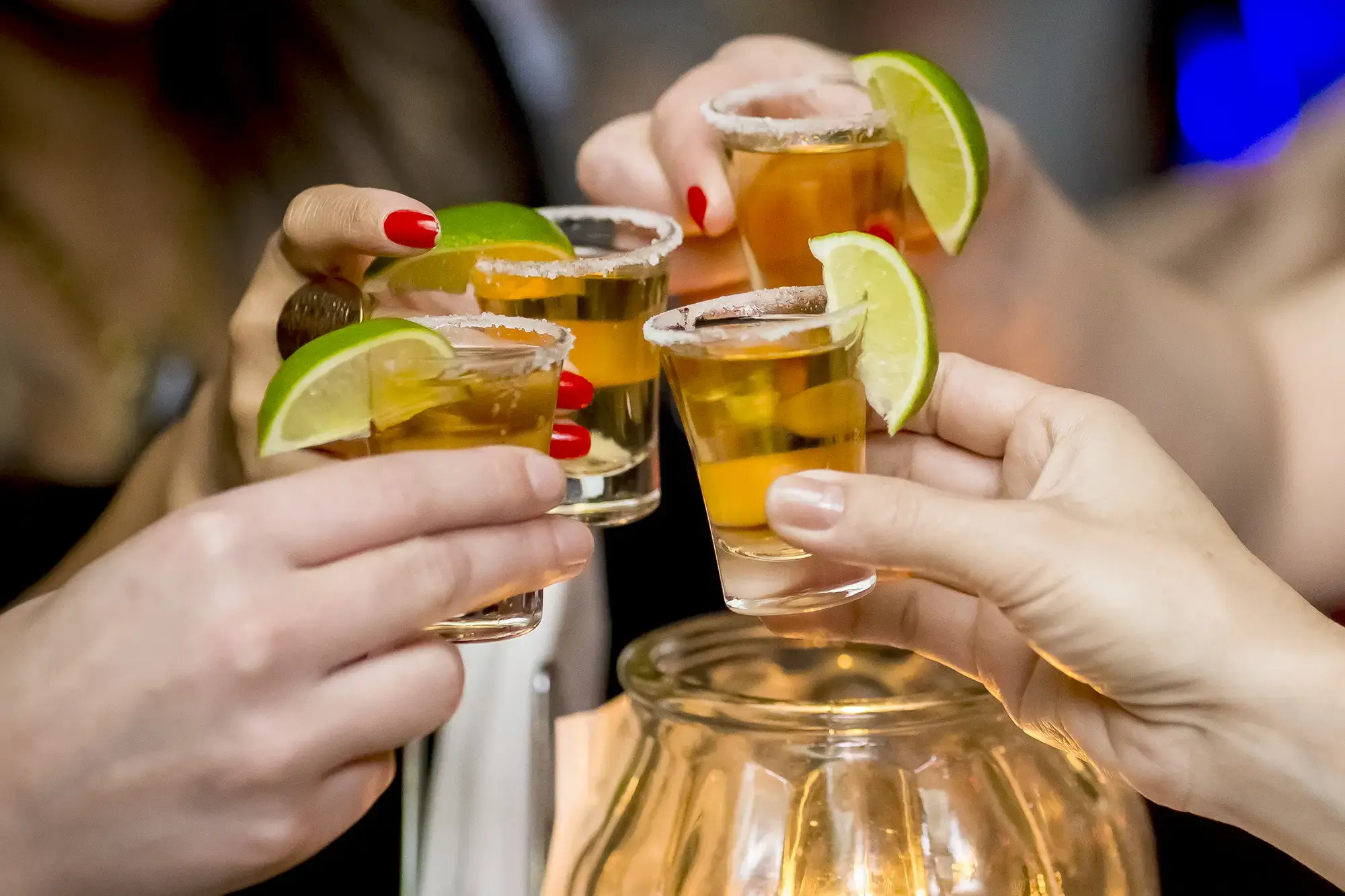Know your spirit: Tequila vs Rum
Tequila vs Rum Comparison
When the rains come pouring heavily from the skies, it is the custom of many men to engage a bottle or glass of spirit to stay warm and fight the cold.
Tequila and rum are two among the range of brands to choose from, making the whole drinking experience a lot more fun. Why? Because the time is taken to decide on what to drink builds anticipation for the drink, which in turn makes the drink taste even better when served.
However, while we do enjoy the taste of our preferred spirit drink, many do not know the difference between rum and tequila.
So what is the difference between tequila and rum?
What is tequila?
Tequila is a spirit drink from Mexico. It is distilled from the fermented juices taken from the Blue Agave plants. The history of the drink can be traced back to the early 1800s when the liquor was first produced in the Tequila Region, located in the state of Jalisco.
What is rum?
Rum is distilled from fermented molasses or sugar cane, and it is quite popular in Central and South America. It gets its name from Saccharum, the Latin word for sugar. Its history dates back to the 17th century when rum was first produced in the West Indies.
Production Process
How Rum is made
Rum is made from the tall grass popularly known as sugar cane. Either molasses or sugarcane juice is extracted from the plant, fermented, distilled, and aged in oak barrels to make rum
Traditionally, the cane is cut close to the root where the concentration of sugar is highest before the leafy top is lopped off. The cut cane is promptly transported to the mill where it is crushed in a machine to extract the sugar cane juice from the fibrous pulp. In some cases, the crushed fiber is burnt to provide heat for the distillation column.
Once the juice has been extracted, depending on the region, three processes might follow:
- The juice is immediately fermented and distilled to make rum. This kind of rum bears the vegetal characteristics of the cane. This practice is popular in the French West Indies (Martinique and Guadalupe).
- Cook down and concentrate the sugar cane juice into a syrup. The syrup is either fermented and distilled or used as a sweetening product. The fermented syrup is sure to bring out most of the characteristics of sugar cane juice, enabling distillation all year round, rather than just at the harvest.
- The juice is made into molasses and crystallized sugar. The crystallized sugar is sold as a sweetening product, and the molasses can be fermented and distilled into rum. Most rums are distilled from molasses.
Fermentation
Water and yeast are added to the base liquid before the fermentation process begins. This process is referred to as natural fermentation. On the other end of it, the fermentation might involve tightly controlled laboratory-like conditions. Commercial production of rum makes use of both processes for an efficient and predictable rum.
The fermentation process sometimes takes just several hours, but it can also take up to a week or more depending on the desired effect.
Distillation
There is no standard process for the distillation of rum as compared to other spirits like whiskey, cognac, and brandy. Distilling rum is quite a simple process nonetheless. The fermented liquor is heated in a sealed vessel to approximately 175 degrees Fahrenheit, evaporating the alcohol from the liquid. The alcohols are then re-condensed and collected, yielding the raw spirit.
The liquid is usually distilled using either pot stills or column stills. Pot stills produce a liquor with more congeners than a column still, making the rum more rounded.
Blending and Aging
Rum is traditionally aged in bourbon casks, and the aging period can take up to a year. However, other wooden casks can be used as well as stainless steel tanks. The colour of the rum depends on what it was aged in. While rum aged in oak casks become dark, the ones aged in stainless steel tanks remain colourless.
After the aging process, the rum is blended to ensure a consistent taste. For light rums, there may be a filtration to remove any colour gained during aging. Meanwhile, caramel may be added to darker rums to balance the colour of the final product. Blending is usually the last stage of the rum-making process.
How Tequila is made
Tequila is made from blue agave plants. The piña of the agave plant is harvested manually using an extractor called "Jimador." It takes about 17 pounds of Agave to produce 1 liter of 100% Agave Tequila, each weighing between 65 and 135 pounds.
Fermentation
To extract the agave juice, the piña hearts split open and steamed in large pressure cookers. The juice that flows out is collected in large steel vats for fermentation. Yeast is added to the juice and it is left to ferment for up to 12 hours or even several days. The duration of the fermentation process depends on the amount of water and sugar in the piñas, the type of yeast used, and the ambient temperature.
To speed up the fermentation process, the inoculum is sometimes added to the batch. The addition of inoculum makes the fermentation take approximately 20 hours to 3 days. Whereas, if inoculum is not added, it could take up to 7 days for proper fermenting to occur. The rate at which the liquid ferments affects the overall taste of the tequila.
Distillation
Tequila undergoes a double distillation process just like whiskey. After fermentation is done, the liquid undergoes the first distillation process also known as “deztrozamiento” or “smashing.” This process takes a couple of hours and yields a liquid with an alcohol level of about 20% known as “ordinario.” It is then distilled again till a potent high-proof Tequila emerges from the still with an alcohol level near 55%. The second distillation is known as “rectification,” and takes three to four hours. Some tequilas are distilled a third time, but this is not a frequent process. After the second distillation, the tequila is considered silver, or “Blanco,” tequila.
Aging
French or American white oak barrels that have previously been used to age bourbon are used in aging tequila. Reposados are aged between two months to a year, Añejos are aged between one and three years and Extra Añejos are aged for over three years. All tequilas are colurless after distillation, but the longer the tequila ages, the more colour, and tannins the final product will have. The taste of the final product is also affected by the condition of the barrels (such as their age, previous use, and if their interiors have been burnt or toasted).
Difference between Tequila and Rum
Even though tequila and rum undergo similar production processes - fermentation, distillation, and aging in old bourbon casks - both spirit drinks still have outstanding differences.
| Tequila | Rum |
| Tequila can only be produced in the city of Tequila, northwest of Guadalajara, in the central-western Mexican state of Jalisco. | Rum can be produced wherever sugar cane is grown. |
| There are three varieties of tequila. Blanco, Reposado and Añejo. | Rum is typically classified as light, dark, or flavored. |
| Tequila must be made up of at least 51 percent Agave, if not it is mescal. | Rum is made largely from the by-product of sugar cane like molasses and sugar cane juice. |
| Popular in Mexico | Popular in Central and South America |
| Tequila has a wild and dangerous side to it, though can be enjoyed in less formal situations, but never ends well if taken in high quantity. | Rum comes with a carnival vibe, less sophistication in a black-tie, after-dinner setting. |


